With only a few cars able to pass through a green light, encountering a red light often leads to a series of red lights afterwards, causing drivers to spend a third of their time waiting at traffic signals, which can be quite frustrating.
If there were a technology that could inform drivers about the status of traffic lights in advance, helping them avoid waiting at intersections, would you be willing to try it?
Recently, this “no-waiting light device” has been implemented in Xi’an.
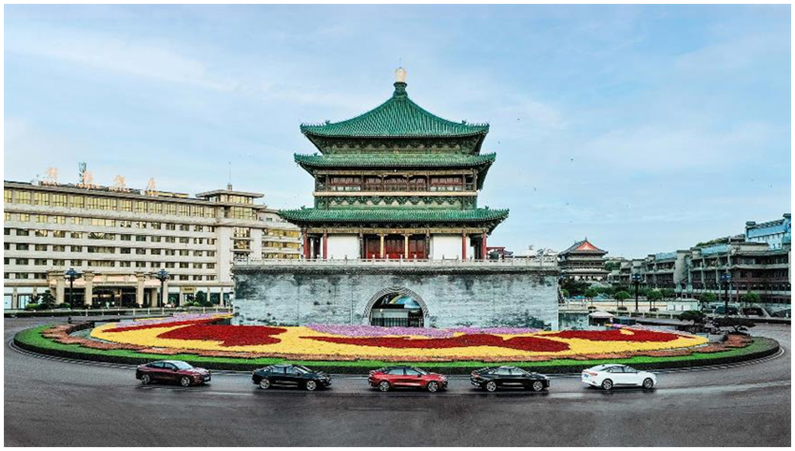
On the other hand, Xi’an has been at the forefront of digital traffic construction in the country, having completed the intelligent transformation of 1,341 traffic signals in the main urban area by July 2021. On this basis, Ford aims to further support Xi’an’s smart traffic development through vehicle-road collaboration technology. Therefore, on June 15, Ford announced the implementation of its vehicle-road collaboration system in Xi’an, initially launching nearly 100 intersections in the Weiyang District and Yanta District. In the future, this system will cover more intersections in Xi’an.
Vehicle-Road Collaboration is a Key Element in Building Smart Cities
Vehicle-road collaboration is an advanced vehicle communication technology, which allows vehicles, road infrastructure, and urban management platforms to share current status and action intentions, enabling important information to be timely pushed, helping drivers make safer and more efficient decisions, enhancing traffic efficiency and driving safety.
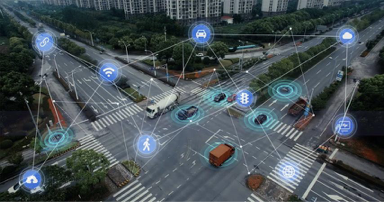
It acts like an upgrade package for vehicle sensors, allowing vehicles to receive information about traffic changes ahead, as well as risks outside the sensor’s range, enabling them to “see wider,” “hear more,” and even “predict the future.” In February 2020, the National Development and Reform Commission and 11 other ministries jointly issued the “Intelligent Vehicle Innovation and Development Strategy,” which mentioned that by 2025, significant progress would be made in the construction of intelligent transportation systems and smart city-related facilities, with the new generation of vehicle-road collaboration technology gradually applied in some cities and highways.
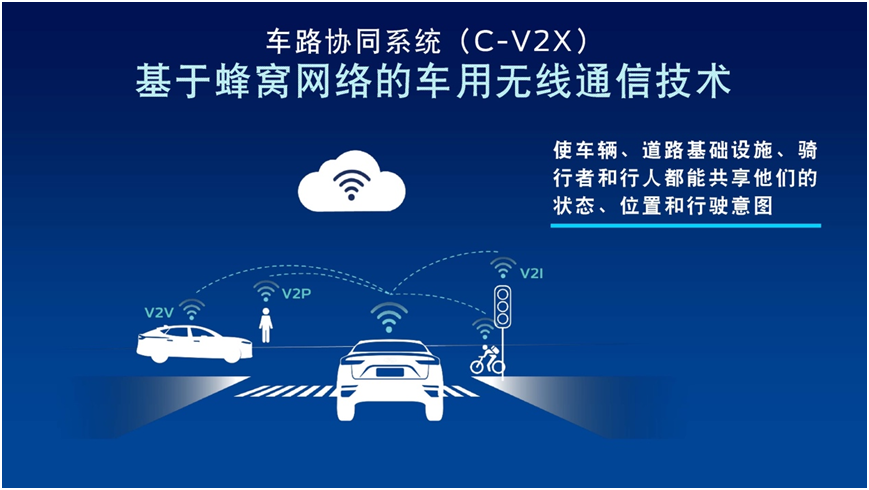
Ford is the first domestic automaker to adopt the “vehicle-road-cloud” network model for the mass production application of vehicle-road collaboration technology, having a clear advantage in the rapid deployment of vehicle-road collaboration functions.
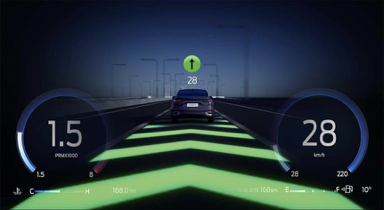
Based on China’s urban road conditions and drivers’ habits, Ford China has developed six major vehicle-road collaboration functions. For example, at complex intersections, the traffic light signal push can inform drivers of the status of the upcoming intersection before they reach it, combined with the system’s provided green wave speed, reducing the time spent waiting at traffic lights.
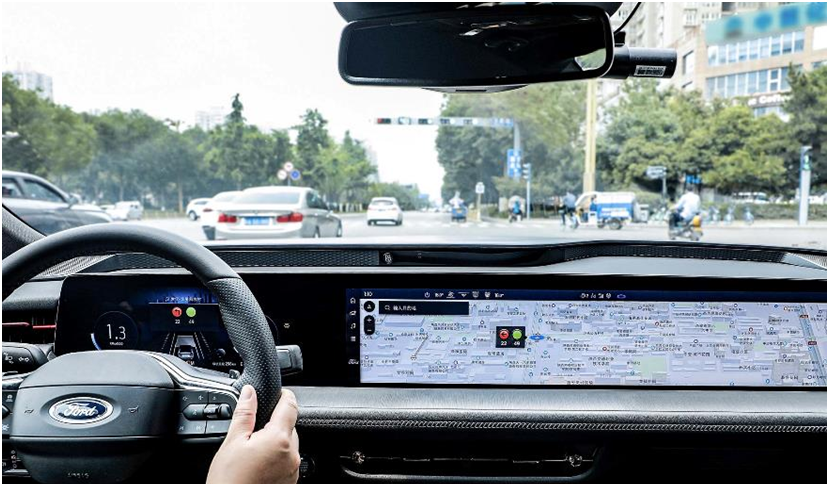
The Future of Vehicle-Road Collaboration + Autonomous Driving: Making Waiting for Lights a Thing of the Past
He Zhiqiang, Senior Director of Intelligent Connected Products at Ford China, stated in an interview that since 2017, when Ford first conducted technical validation in China, to 2021, when it was officially applied to mass-produced models, the vehicle-road collaboration system has gone through over 200 iterations. Its algorithms are based on China’s traffic regulations and actual road conditions, combined with the current status of vehicles and driver intentions, and are continuously optimized based on actual road changes and consumer driving habits. Currently, over 27,000 Ford owners have applied to use the vehicle-road collaboration system.
Currently, the Ford vehicle-road collaboration system is standard on six mass-produced Ford models, including the new generation Mondeo, the all-new F-150 Raptor, EVOS, Mustang Mach-E, Edge PLUS, and the all-new Explorer, and has already covered parts of Wuxi, Changsha, Guangzhou, and Xi’an. Ford owners can connect to the local smart traffic system through OTA upgrades without needing to add any hardware, experiencing the smooth driving experience brought by vehicle-road collaboration. In the next step, Ford plans to equip the vehicle-road collaboration system in more new mass-produced models, making it a technical standard for future Ford models.
He Zhiqiang also mentioned, “We hope to have more partners join us to jointly promote the large-scale commercial application of the vehicle-road collaboration system. At the same time, Ford has not stopped expanding the cities where vehicle-road collaboration is implemented, and even during the pandemic, we made new attempts in Changsha related to pandemic scenarios. In the future, with the integration of vehicle-road collaboration technology and advanced driver assistance systems, and even its application in L4-level autonomous driving, the wish for ‘no waiting for lights’ will eventually become a reality.”
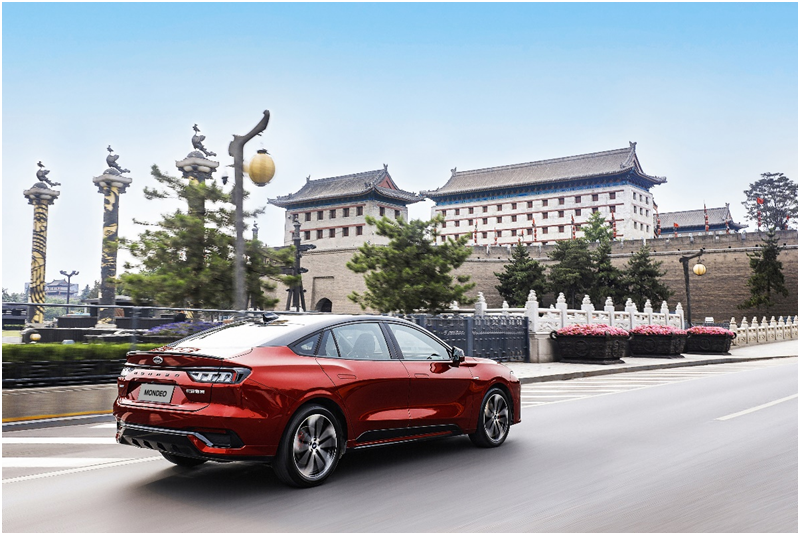
As an important partner of Ford in Xi’an, Four-dimensional Map provides key technical support for Ford vehicles to achieve “vehicle-road (signal lights and road information) – cloud (traffic cloud control platform)” bidirectional interconnectivity through its wholly-owned subsidiary, Century Gaotong Smart Traffic Cloud Control Platform. Shi Qinghua, Vice President of Four-dimensional Map and General Manager of Century Gaotong, stated: “Ford has a first-mover advantage in the field of vehicle-road collaboration. As a leader in intelligent integration solutions for vehicle cities, we look forward to further deepening our cooperation with Ford to promote the coverage of vehicle-road collaboration in more cities, allowing vehicles and roads to achieve comprehensive intelligent networking, thereby alleviating urban traffic congestion and supporting the development of smart transportation in the country.”